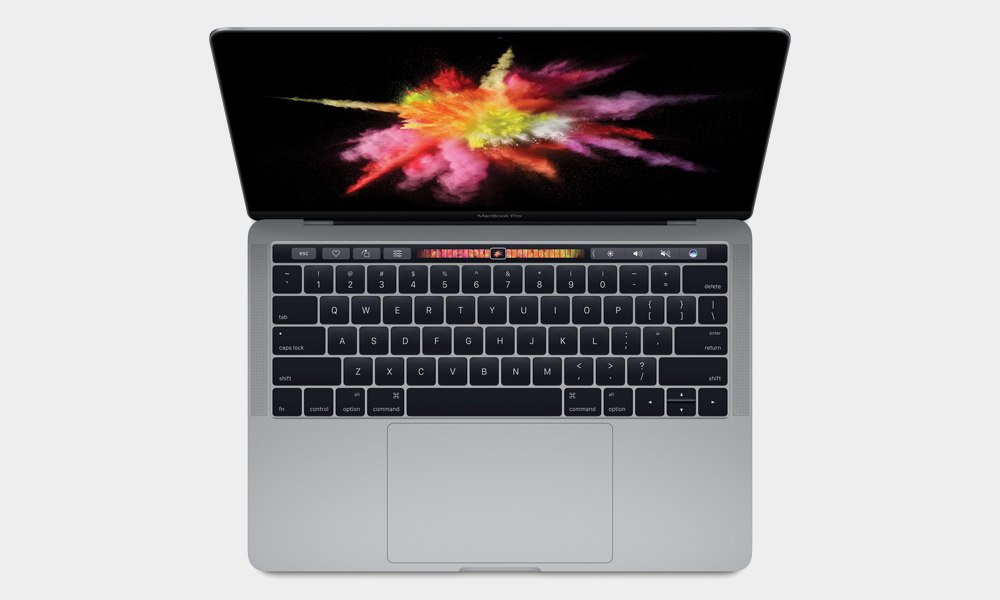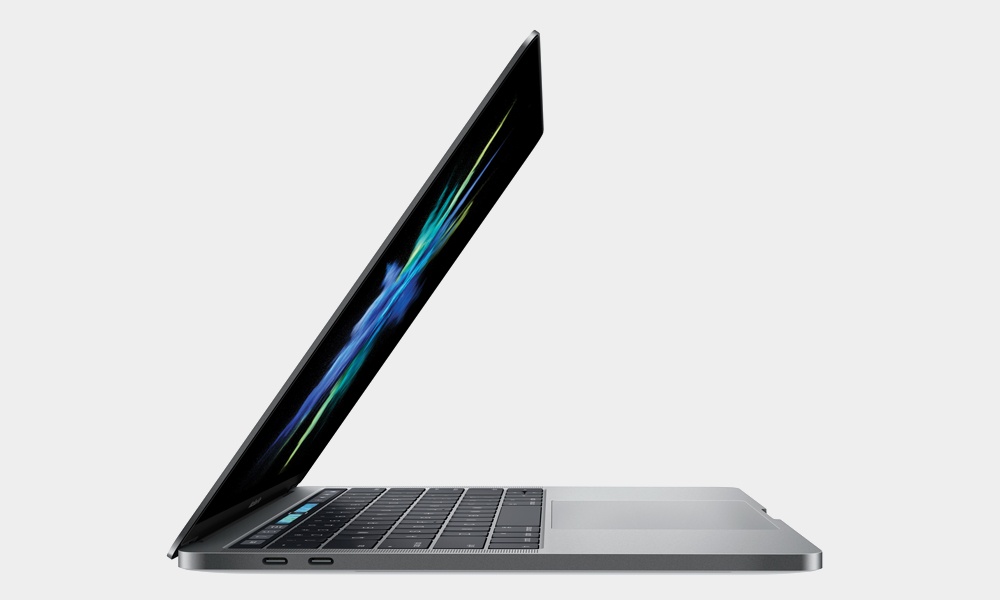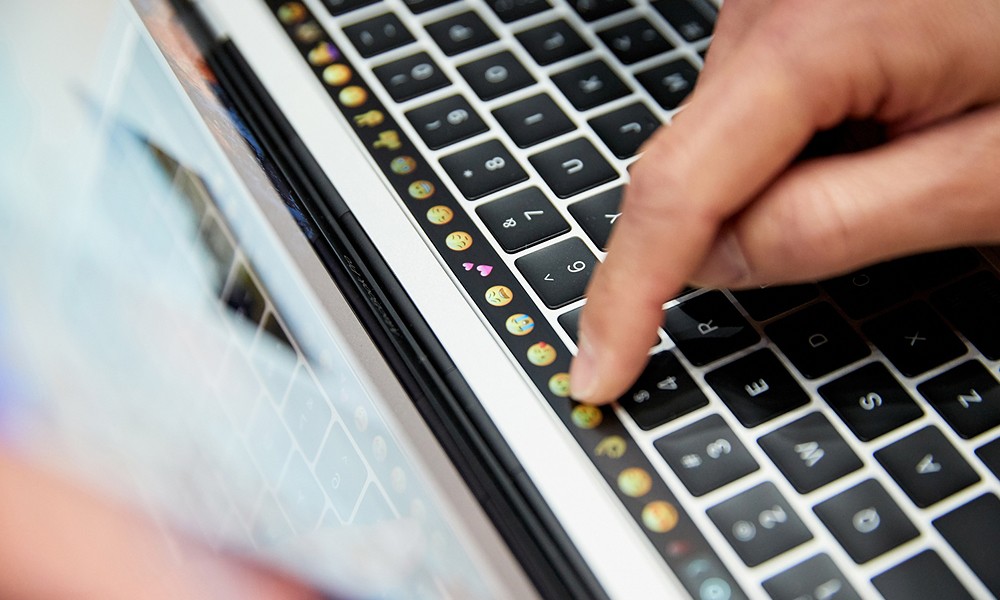Apple just pulled the curtain off the new MacBook Pro models. They’re glorious. The best retina display that’s ever been in an Apple notebook. Remarkably bright, high contrast picture with wider color gamut. More expansive Force Touch trackpad. Domed switches beneath each key that have been optimized for a more responsive feel. Revamped speakers. Hardware upgrades and updates that we don’t really understand, but “make everything you do faster and more responsive.” And then there’s the Touch Bar, which replaces the space that used to be occupied by function buttons with a collection of buttons and sliders ranging from volume and color control, to emojis and text formatting that change based on what application you’re using. It even has Touch ID, so you’ll never have to type in password.
More Tech
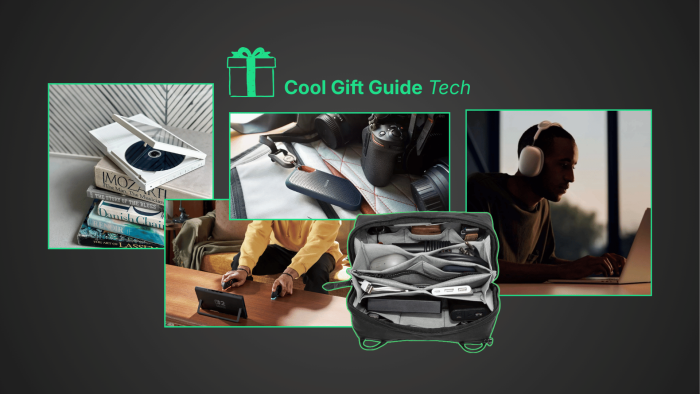
The Coolest Tech Gifts for 2025
Be sure to use ChatGPT to write the card.

How PITAKA’s Sunset Collection Is Shaping the Future of Emotional Design
High-performance tech gear meets pure visual poetry.
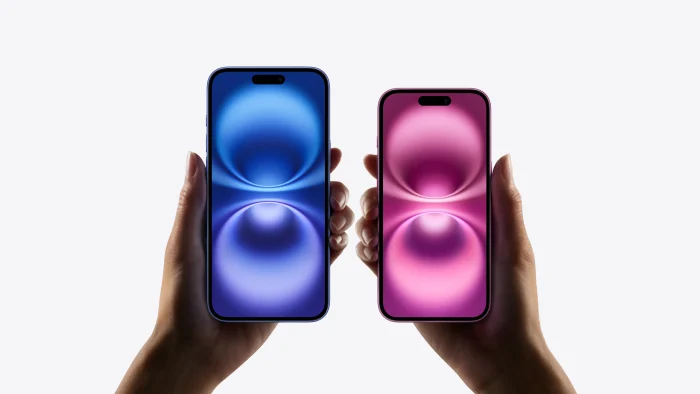
The Very Best iPhone 16 Cases for Every User
A good iPhone case isn’t just about protection—it’s also about expressing your personality.

